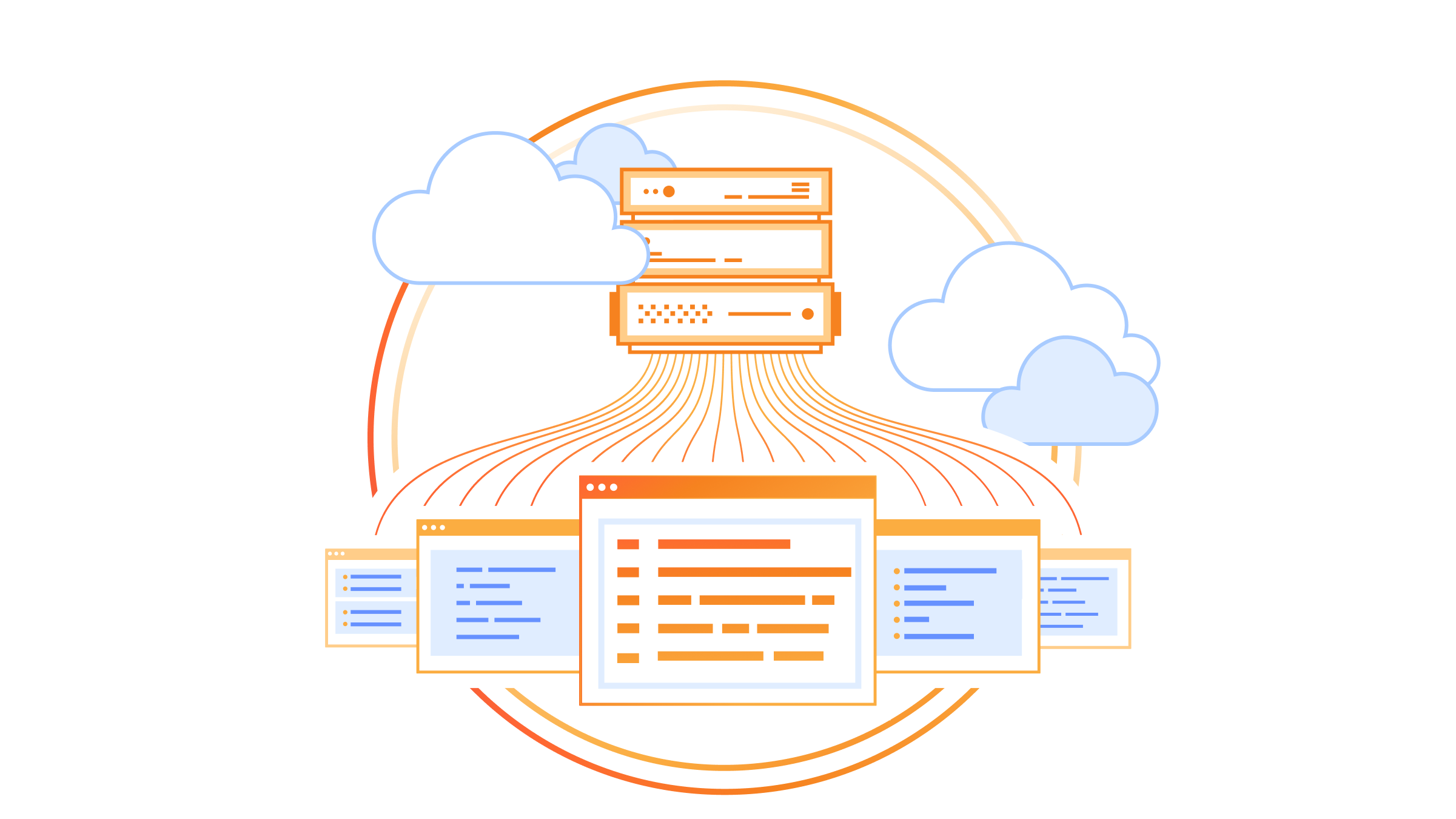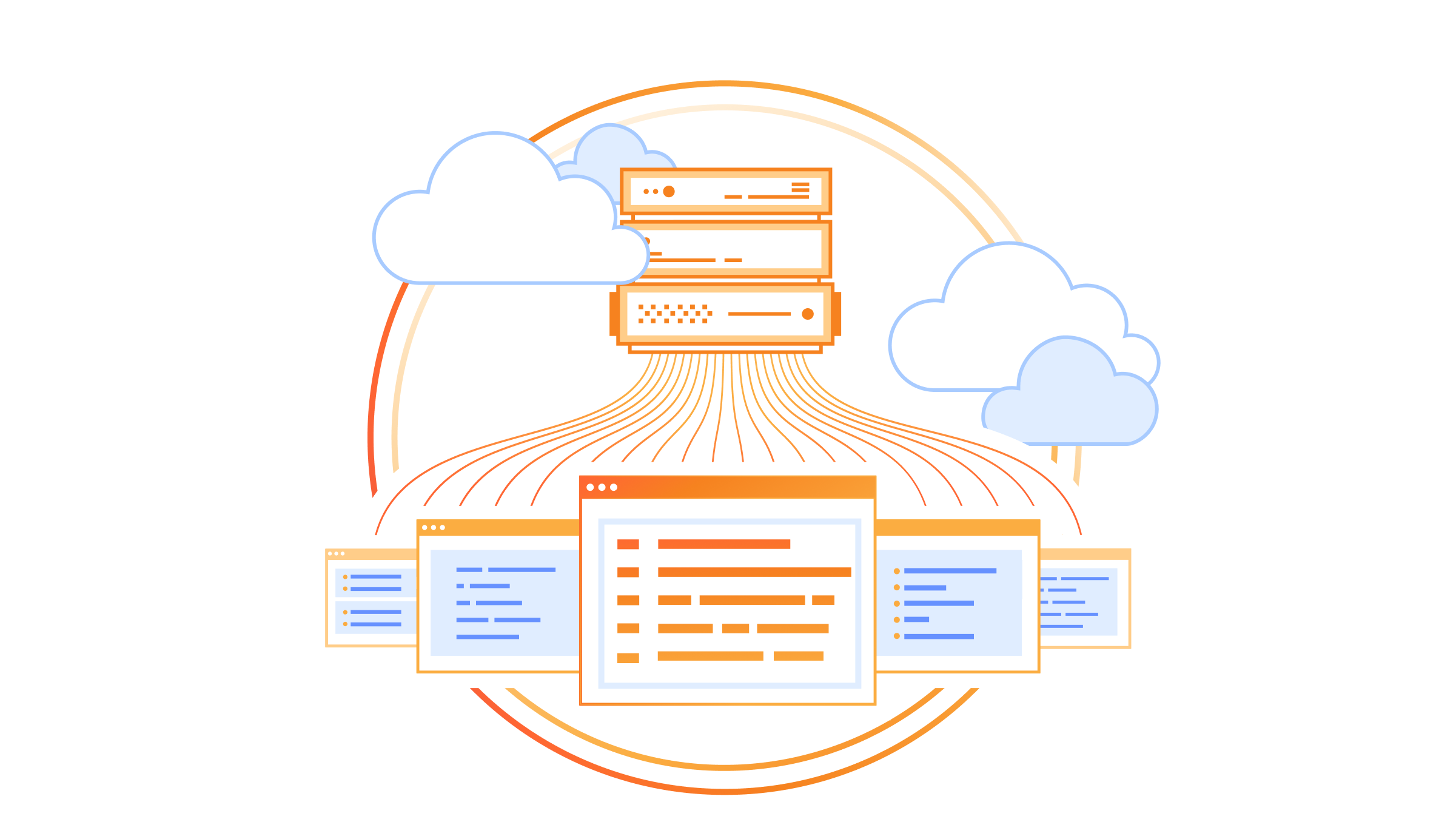0
Gen-AI HPC infrastructure provider CoreWeave scores $2.3 billion financing deal
CoreWeave, a specialist cloud provider offering high performance computing services to meet growing corporate demand for generative AI workloads, announced Thursday that it has received a $2.3 billion debt financing package from several asset management firms.The key to CoreWeave’s focus on the AI market is in its hardware. The company sells primarily GPU-based virtual machines, which are particularly well-suited for AI workloads. According to Gartner vice president and analyst Arun Chandrasekaran, CoreWeave’s advertised low cost is a function of its ties to Nvidia, with which, CoreWeave has said, it has a preferred supplier arrangement, enabling it to pass on savings.To read this article in full, please click here



